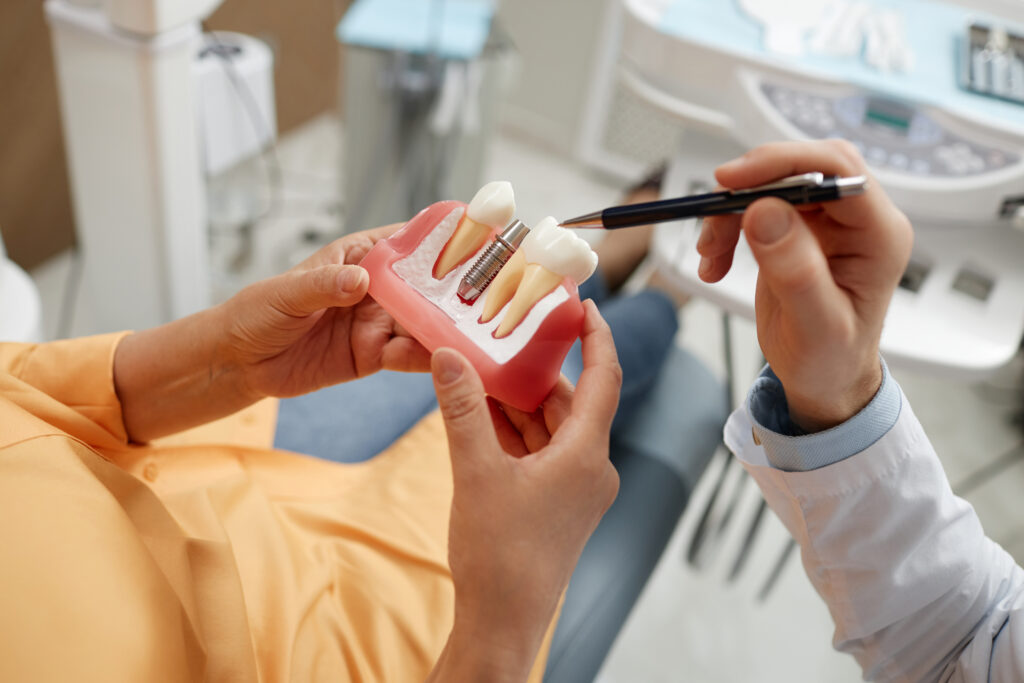A mystery shopper analysis of West Virginia dental care access found that more than 24 percent of dental practices in West Virginia were not accepting new patient appointments and the ones that were had an average wait time of more than 70 days for the first available appointment.
Only 36.7 percent of dental care sites could offer appointments within 30 days, which falls short of the benchmark goals for Medicaid enrollees. Many states including West Virginia have goals in place for Medicaid enrollees to be seen within 30 days.
In addition to 24 percent of practices not accepting new patients and long wait times for first appointments, data analysis found the average wait time for a second appointment to treat dental decay, like a cavity, was an additional 34.6 days and ranged from 1 to 145 days.
The West Virginia Oral Health Coalition and Harmony Health Foundation conducted the mystery shopper program to gain a deeper understanding of the problems and help identify potential fixes through policy and operational interventions.
“What the mystery shopper program does is allow us to have a better understanding of what individual patients actually go through and provides a more honest depiction of where access problems are occurring,” Sean Boynes, director of the Harmony Health Foundation, said.
The dentistry industry is facing a significant workforce shortage and access to care issues, nationally.
“These staffing issues are also becoming well documented and coming out of the COVID public health emergency dentistry as a whole has seen a substantial decrease, especially in dental hygienists,” Boynes said.
In West Virginia, economic challenges have also played a role as West Virginia continues to experience high poverty rates, which have negatively impacted the income of oral health care professionals.
The U.S. Bureau of Labor Statistics ranked West Virginia 46 out of 51 (The U.S. and Puerto Rico) for employed dentists’ annual salaries at $139,200 and last for dental hygienists at $61,050 and dental assistants at $17.71 per hour.
A 2022 report from the West Virginia Department of Health and Human Resources found that there were 49 dentists per 100,000 population, well below the national average of 61 per 100,000.
According to the report, the care access crisis is worse in underserved rural communities for patients receiving government-funded health insurance benefits like Medicaid and Medicare, and by individuals with intellectual and developmental disabilities (IDD).
“We were finding very similar findings to those with intellectual and developmental disabilities having a tough time accessing care, as well as the Medicaid population, a high number of individuals not accepting Medicaid,” Boynes said.
To determine these hardships, the mystery shopper project created four scenarios that varied by age and insurance coverage.
For people with IDD, wait times for the first available appointment were the longest at 115.1 days, followed by “self-pay adult and child” at 73.2 days, “Medicaid child” at 58.3 days, and “adult with commercial insurance” at 44.6 days.
The mystery shoppers asked all dental care sites if they accepted Medicaid and reported that 28.5 percent of dental care sites, regardless of scenario type, accepted Medicaid. Of those sites, 11.8 percent of sites are currently not accepting new patients.
The care sites accepting Medicaid, regardless of scenario type, had longer initial appointment wait times of 95.3 days and 44.9 additional days for a treatment visit.
Sixty seven mystery shopper dental care sites contacted were within rural counties of West Virginia, as designated by the U.S. Office of Management and Budget.
They found that rural providers accepted new patients at slightly lower rates (74.6 percent) than non-rural sites (76.8 percent).
Rural sites reported slightly longer wait periods for the initial first available appointment, 70.1 days, and shorter second appointment wait times for treatment of a cavity with 22.0 days.
The average wait time at non-rural sites for an initial first available appointment was 69.2 days and 26.4 days for a second appointment for treatment.
Non-rural sites were less likely to accept Medicaid at 24.3 percent, compared to rural sites at 36.9 percent.
A total of 216 dental care delivery sites were called by three mystery shoppers. Twenty-four of those calls were excluded from the analysis due to incomplete calls. The mystery shoppers called dental care sites within 36 of West Virginia’s 55 counties, based on Google Places listings.
WVU has started to address these issues reporting increased retention of graduates in WV and the creation of a pediatric dentistry residency program.
Boynes also noted that most IDD population patients were referred to WVU, a statistic that came as no surprise to Meghan Bastin, assistant professor and pediatric dentist at WVU.
“One of the things that report did for me personally, was to kind of validate that we are a major referral source for a lot of the community providers,” Bastin said.
Bastin, an assistant professor at the dental school at West Virginia University and a pediatric dentist, said one way WVU, the state’s only dentistry school, is addressing the workforce shortage is by adding a pediatric dental residency program so that dentistry students and providers don’t have to leave the state for that added training.
“My colleague, Dr. Dami Kim has been working hard for the last several years on starting a pediatric residency program,” Bastin said. “And we’re so excited to be able to bring that to WVU. Starting with our very first class this coming year.”
The report concludes with policy recommendations to address dental care access in West Virginia. The first is to incentivize the adoption of technology to streamline services in cooperation with mobile dental practices, to reach rural populations.
“One of the things that the report talked about was maybe being innovative with the idea of these preventative visits, maybe they don’t have to happen with a physical location of like a dentist and a patient,” Bastin said.
The report also recommends interprofessional oral health care be delivered by medical care teams. This would include topical fluoride application and oral disease risk assessments conducted by doctors, not just dentists.
“One of the biggest things with preventative care is that it starts with patient education,” Bastin said. “So you have to teach the patient, what is maybe a risk factor for them for getting disease and to do that, before they have disease, you have to see them for these preventative visits.”
The report’s other policy recommendations include increasing training focused on treating individuals with intellectual and developmental disabilities, expanding Medicaid dental coverage and shifting reimbursement structures through value-based models.
Finally, the report recommends expanding coverage for dental care through the West Virginia Legislature.
Appalachia Health News is a project of West Virginia Public Broadcasting with support from Charleston Area Medical Center and Marshall Health.




















